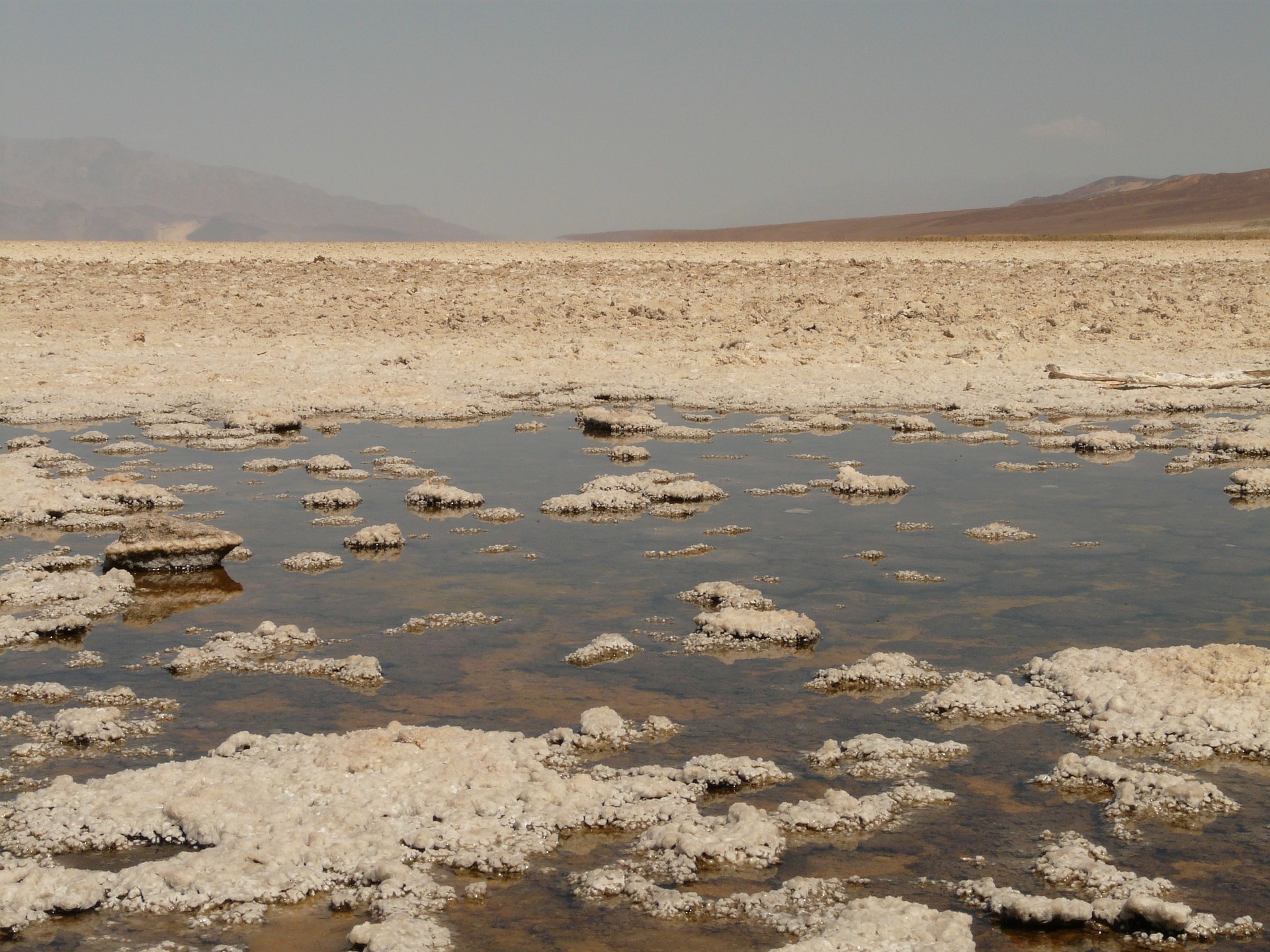By Cora Kammeyer and Heather Cooley
Precipitation in California is highly variable from year to year, and climate change is increasing this variability. We can expect to see more intense droughts and storms, and rapid shifts from very wet to very dry conditions. To address this and other challenges, the state passed Assembly Bill (AB) 1668 and Senate Bill (SB) 606 in June 2018.
Known jointly as the Water Conservation Legislation, these bills were drafted in response of Governor Jerry Brown’s 2016 executive order to “make water conservation a California way of life.” The directive called on state agencies to take actions to ensure that all Californians use water more wisely, eliminate water waste, strengthen local drought resilience, and improve agricultural water use efficiency and drought planning. This came during the height of California’s recent drought—the longest and most severe on record. A key objective of these bills is to help California proactively adapt to climate change and the resulting longer and more frequent droughts, avoiding costly emergency measures in response to future weather extremes.
There are six key components of the Water Conservation Legislation:
- Customized water use targets for urban water suppliers;
- Performance measures for managing commercial, industrial, and institutional water use;
- Drought planning for small water systems and rural communities;
- Annual water supply and demand assessments;
- Agricultural water management planning; and
- Data reporting and transparency.
Now the work of implementing the Water Conservation Legislation is underway, and the Pacific Institute is actively work with state agencies and stakeholders to ensure its success. For example, Senior Researcher Dr. Laura Feinstein is helping to develop water shortage vulnerability factors and risk indicators for small water systems and rural communities. Her recent work on measuring progress towards universal access to water and sanitation in California has been a valuable resource for this group.
And on Monday May 20th, we attended the first urban overview meeting for the Water Conservation Legislation in Sacramento. At this public meeting, the California Department of Water Resources and State Water Resources Control Board walked attendees through the details of the legislation, work plan, and implementation timeline. Nearly a dozen working groups are being established to tackle various aspects of implementation across urban, rural, and agricultural contexts, each comprising stakeholders with diverse expertise and interest from across the state.
The state and stakeholders are just beginning the process of determining what “making conservation a California way of life” will look like on the ground. That vision will come from the cumulation of dozens and dozens of details, out of decisions that may seem small but must be considered carefully. We believe that the implementation strategies developed for the Water Conservation Legislation should:
- Demonstrate a clear path towards more efficient water use across the state;
- Be socially and environmentally equitable; and
- Account for expected changes in climate and hydrologic conditions.
Using our extensive background and expertise on California water policy, we will engage in working groups and decision-making processes to ensure these tenets are achieved, towards an equitable and resilient water future for California.


